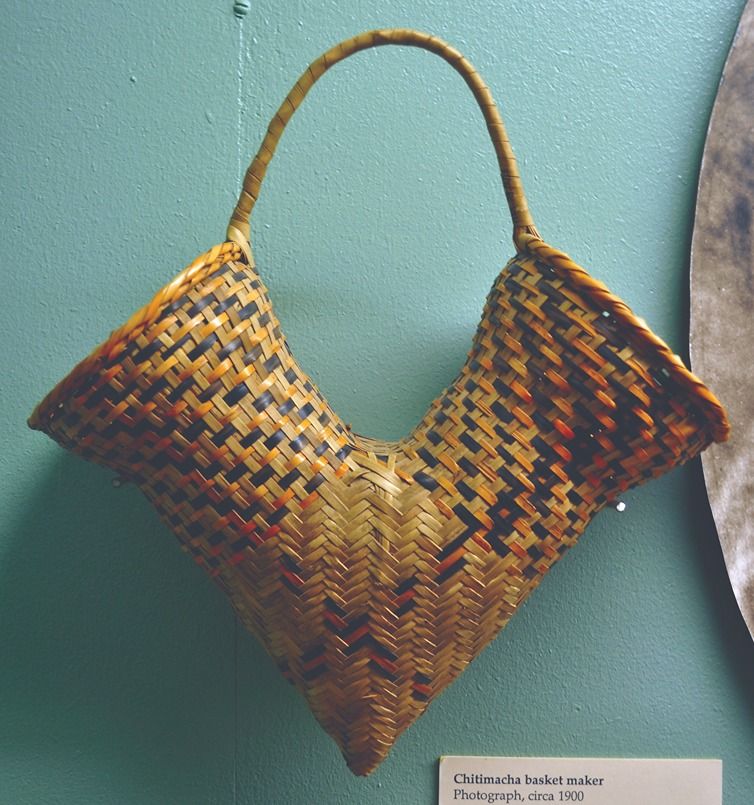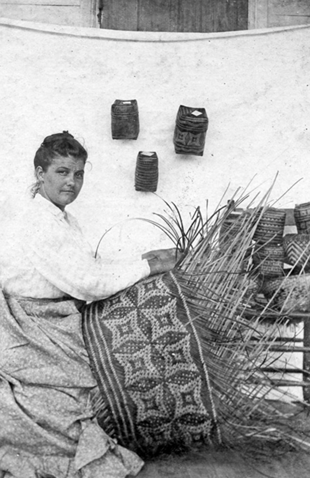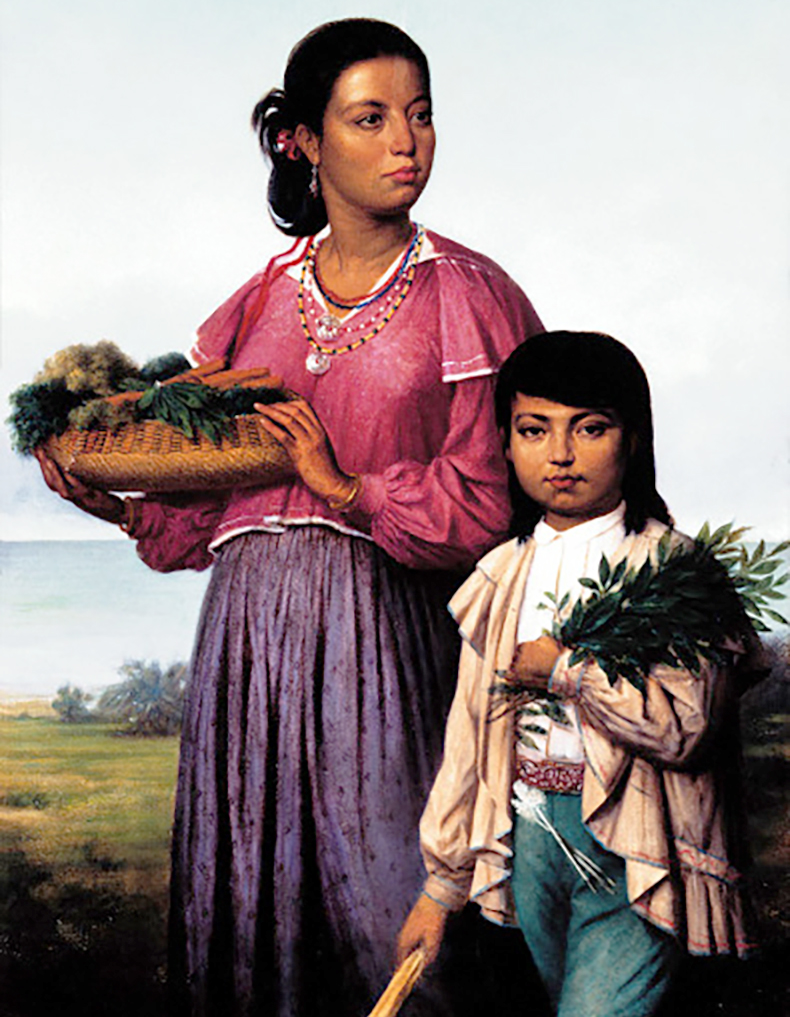Louisiana's Natives
Charenton sits between Morgan City and New Iberia, just off of Highway 90, and is nestled among winding waterways including the Atchafalaya River and West Cote Blanche Bay.
The town of Charenton is special as it is the home of the Chitimacha Tribe, who live on a reservation that nearly became lost to unethical land-grabbing tactics and unfair taxation. Though the current size of the reservation is a fraction of what they once called home, the Chitimacha are happy to share their past and present with others on their land.
The Sovereign Nation of the Chitimacha is one of the oldest indigenous communities in Louisiana, dating back millenia, and the Chitimacha Tribe is the only federally-recognized tribe in the state out of four to still occupy part of their aboriginal land. The area that the Chitimacha used to occupy includes the entire Atchafalaya Basin going from the Lafayette area, to the Gulf of Mexico, to just east of New Orleans.
Knowledge about pre-colonial life that was passed down through the generations explains that the Chitimacha were grouped into clans based on matrilineal descent: Wolf, Bear, Dog, and Lion. The bounty of southern Louisiana included wild game such as deer and alligator, and they supplemented meat with vegetables including maize and potatoes.
The Chitimacha believe that a deity taught them the art of basket weaving thousands of years ago, and the art of weaving is still done today. Using local river cane that had naturally-vibrant red, black, and yellow hues, weavers would create single or double-woven baskets and bowls so well that some could even hold water.

As with Native American communities across the continent, colonialism completely changed how the Chitimacha lived.
Pierre Le Moyne d'Iberville, hailing from Montréal, was tasked with finding the elusive mouth of the Mississippi River in late 1698 by Louis Phelypeaux (Lake Pontchartrain's namesake) as Rene-Robert Cavelier, Sieur de la Salle was unable to find it on his expeditions. After sailing around Florida and along the Gulf Coast, Iberville sailed into the Mississippi River Delta in March 1699. It was along the river that the Chitimacha first met the explorer as Iberville and his men explored the region and built Fort Maurepas.
Relations between the Chitimacha and the explorers were tense as the settlers made a habit of raiding tribes for slaves. War broke out in 1706 when a group of Chitimacha men killed Quebecois missionary Jean-François Buisson de Saint-Cosme and his group while they camped along the Mississippi River. Jean-Baptiste Le Moyne de Bienville, younger brother of Iberville, battled with the Chitimacha for years, even convincing other indigenous tribes to join his ranks. The war was fraught with brutal slayings and enslavement—it is said that most of the Chitimacha were killed or captured during this time.
Bienville officially founded New Orleans in Spring 1718, and the young city was visited by Chitimacha members a few months later. They were seeking to put an end to the war and signed a treaty with Bienville. Because of the vastly reduced numbers of Chitimacha, the population moved west away from New Orleans.

Though the Louisiana Purchase in 1803 was supposed to preserve Native American population centers via the Indian Nonintercourse Act, the next century held great loss of land for the tribe. The Chitimacha claimed 80 arpents (about 5,440 acres) around Bayou Teche in 1826. By 1846, the tribe sued the federal government to confirm title to the land, but they were only able to secure title for just over 1,000 acres, a loss of over 4,000 acres. Chieftess Eugenia Soulier Rouge sold more than half of the land in lieu of state taxes owed and judgments against the tribe. By 1903, there were 261.54 acres remaining, and it was sold off to pay legal fees in 1905.
Land loss wasn't the only blow to the community during this period. Yellow fever took a massive toll on their people in the mid-1800s. The 1900 census listed 55 total Chitimacha people across six families.

Having no legal recourse and no funds to fight injustice, members of the tribe called on someone outside the tribe for help. Sara Avery McIlhenny, daughter of Tabasco Pepper Sauce creator Edmund McIlhenny, was a friend to the Chitimacha basket weavers and helped facilitate the sale of baskets in markets. When the last piece of land went to Sheriff's Sale in 1915, McIlhenny purchased it and immediately ceded it to the federal government for the purpose of putting the land into a trust for the Chitimacha. By 1917, the tribe regained that small portion of land in a trust and became federally recognized.
Through revenue-generating businesses, the Chitimacha have purchased more land than the trust granted them, bringing the reservation up to about 1,000 acres today. The reserve is a thriving community unto itself with a health clinic, police force, tribal court, housing authority, fire department, and more for the approximately 1,300 members.
The Tribal Historic Preservation Office has worked to engage current tribe members with their own history. One project is the development of a Chitimacha language program with the assistance of Rosetta Stone to revive their language. The last two native speakers of the tribe's complex language, Chief Benjamin Paul and Mrs. Delphine Decloux Stouff, passed away in 1932 and 1940, respectively. In their final years, they recorded over 200 hours of speech with prolific linguist Morris Swadesh on wax cylinders and took extensive notes in order to preserve the language.
The Chitimacha welcome visitors to the land in Charenton. Cypress Bayou Casino Hotel is a hotspot for gaming, dining, and live entertainment, and the Chitimacha Museum offers a look into the history of the tenacious tribe.

